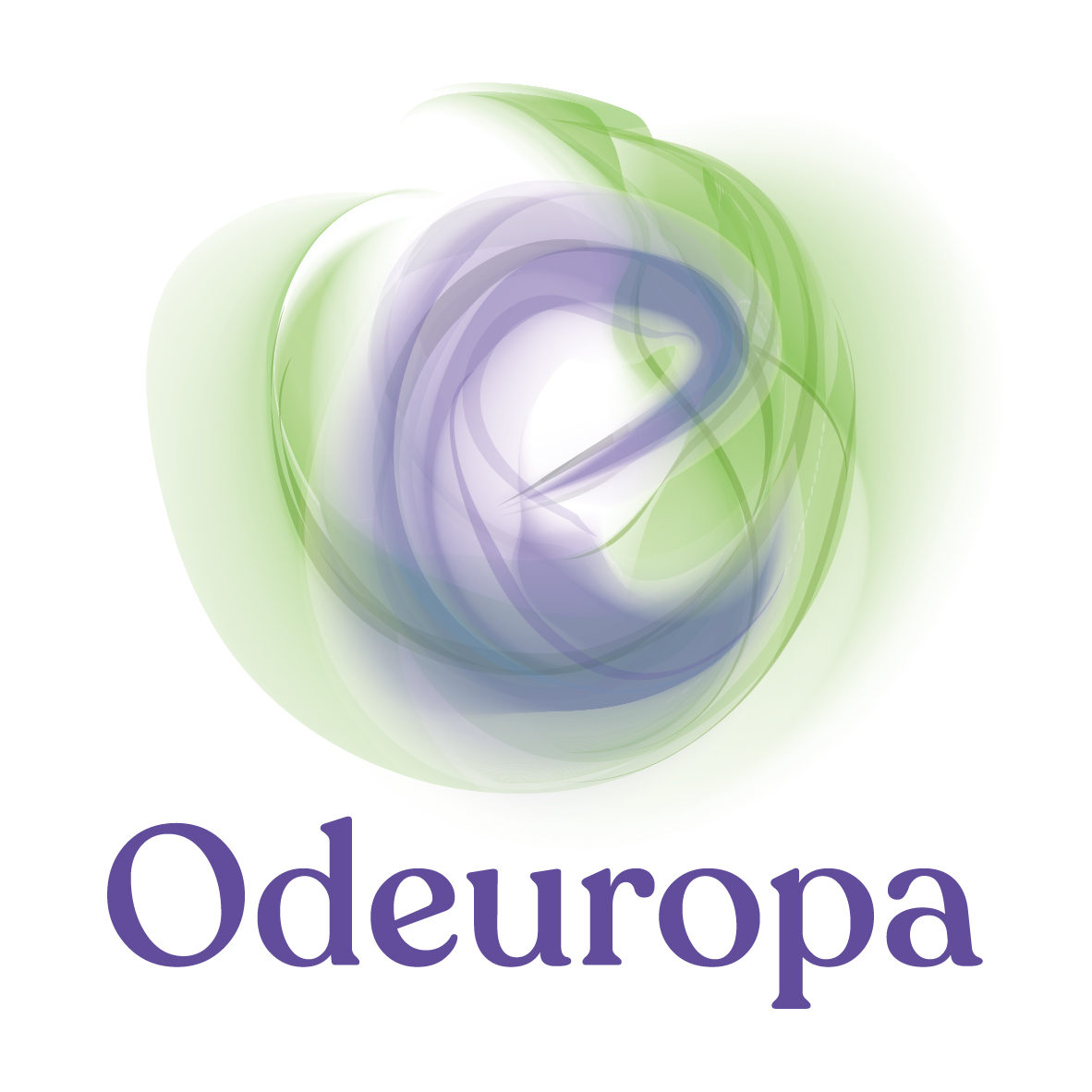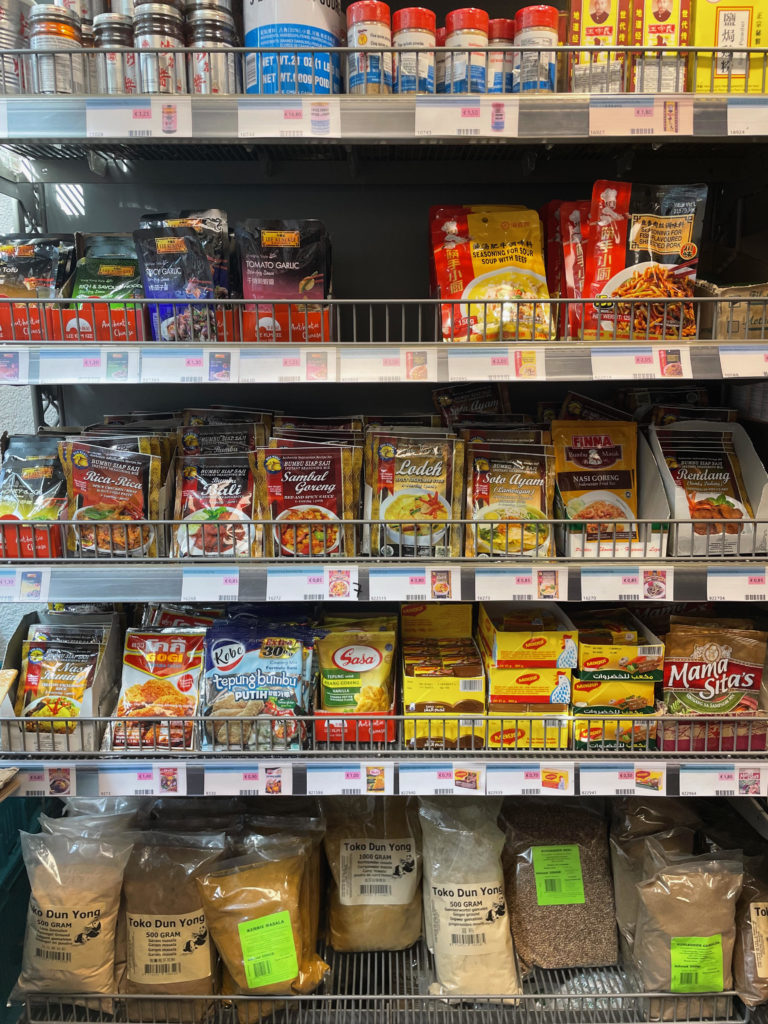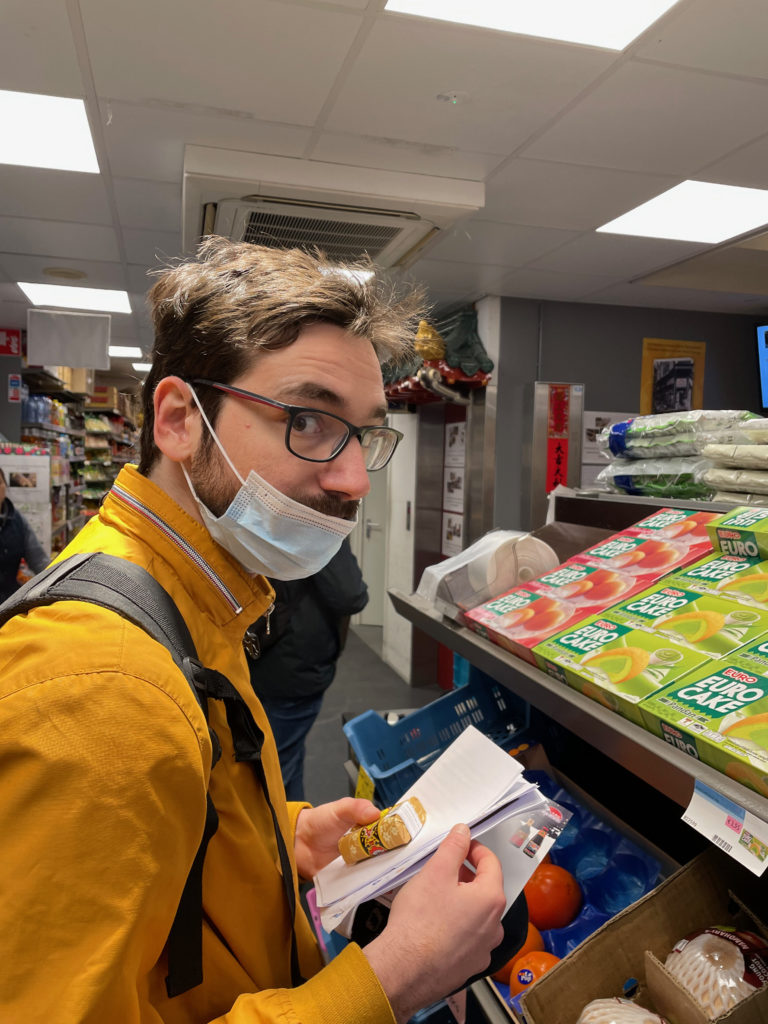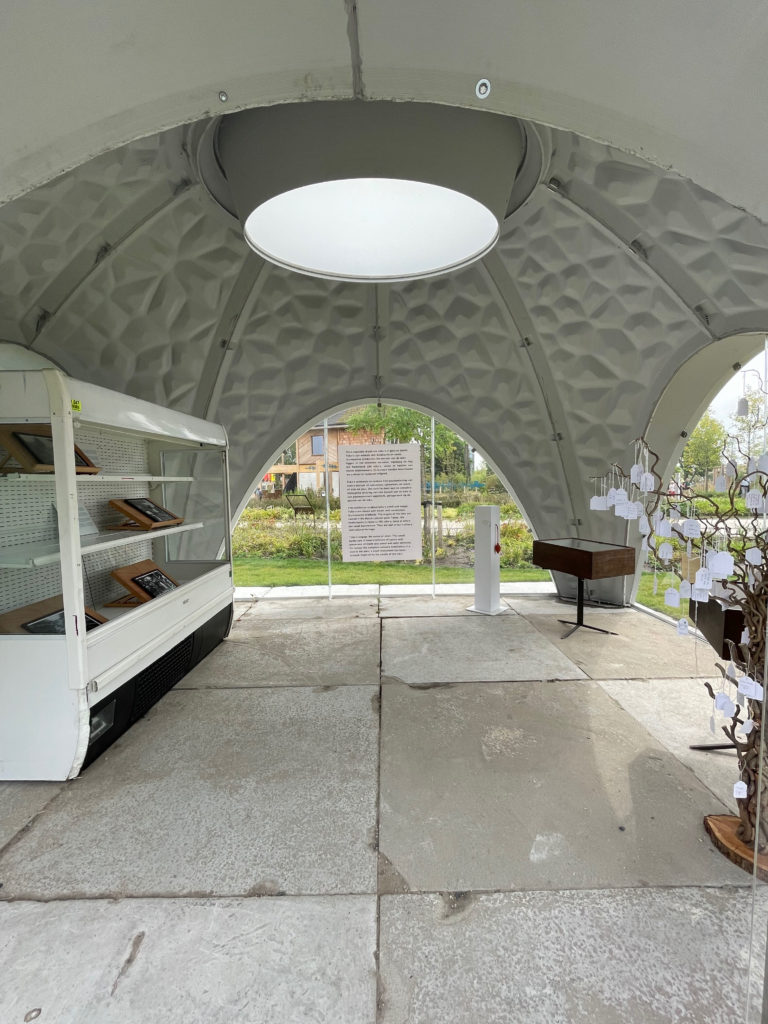Join us on 7 & 8 November 2022 at the National and University Library of Slovenia in Ljubljana for a nose-dive into the history and heritage of smell and the Odeuropa tools and data!
For whom?
The event is directed at cultural heritage professionals, digital heritage collection specialists, computer science scholars, historians, (computational) linguists.
Why participate?
The hackathon will offer an intensive, two-day, nose-on and hands-on meeting, to try out cutting edge research and development in sensory data-mining, and discuss the opportunities of olfactory approaches to cultural collections and archives. Also, the rich olfactory lexicons of the past may offer new opportunities for research and exploitation. The nose-on setup of the workshop, which includes sniffing sessions and a smell walk through the library, will offer participants a chance to learn by sensing. Furthermore, we offer a reception in the library, where you can make valuable new connections with an international network of colleagues.
What can you expect?
In the morning of 7 November, we will start with a general introduction to the topic of the history, heritage and smell language, accompanied by sniffing sessions. Researchers of the Odeuropa project will highlight the opportunities of working with smells in heritage institutes, and what we can learn from the rich smell language of the past. Furthermore, the models and demonstrators of the Odeuropa project will be presented. This workshop part of the hackathon is also open for the general public.
In the afternoon of 7 November and on 8 November the participants will work in small groups to test and evaluate the Odeuropa prototype tools on concrete tasks, such as:
- Search and find the occurrence of odors in historical texts using the Odeuropa Explorer & Smell Tracker
- Analyse the descriptions of olfactory events in different languages and domains
- Try out automatic annotation of documents via Odeuropa Wikifier API
- Study relatedness between Smell event, Smell Locations and Smell Appraisals / Emotions
- Compare smell vocabularies in different languages
- Trace odors in literary texts and explore the opportunities to ‘represent’ these scents to collection visitors
Furthermore, the participants are invited to bring their own datasets, or request specific tasks.
Smell walk:
The event also includes a smell walk (a walk where you are led by your nose) in and around the library: to train your nose, help to explore the concept of fragrant spaces, and discover the importance of the smell of heritage spaces.
Nose-Dive into the History and Heritage of Smell!
Practicalities
Participation is free, however, participants are expected to bring their own laptops, and cover their own travel expenses.
Apply until 25.10.2022:
Contact email: lang-hackathon@ijs.si




